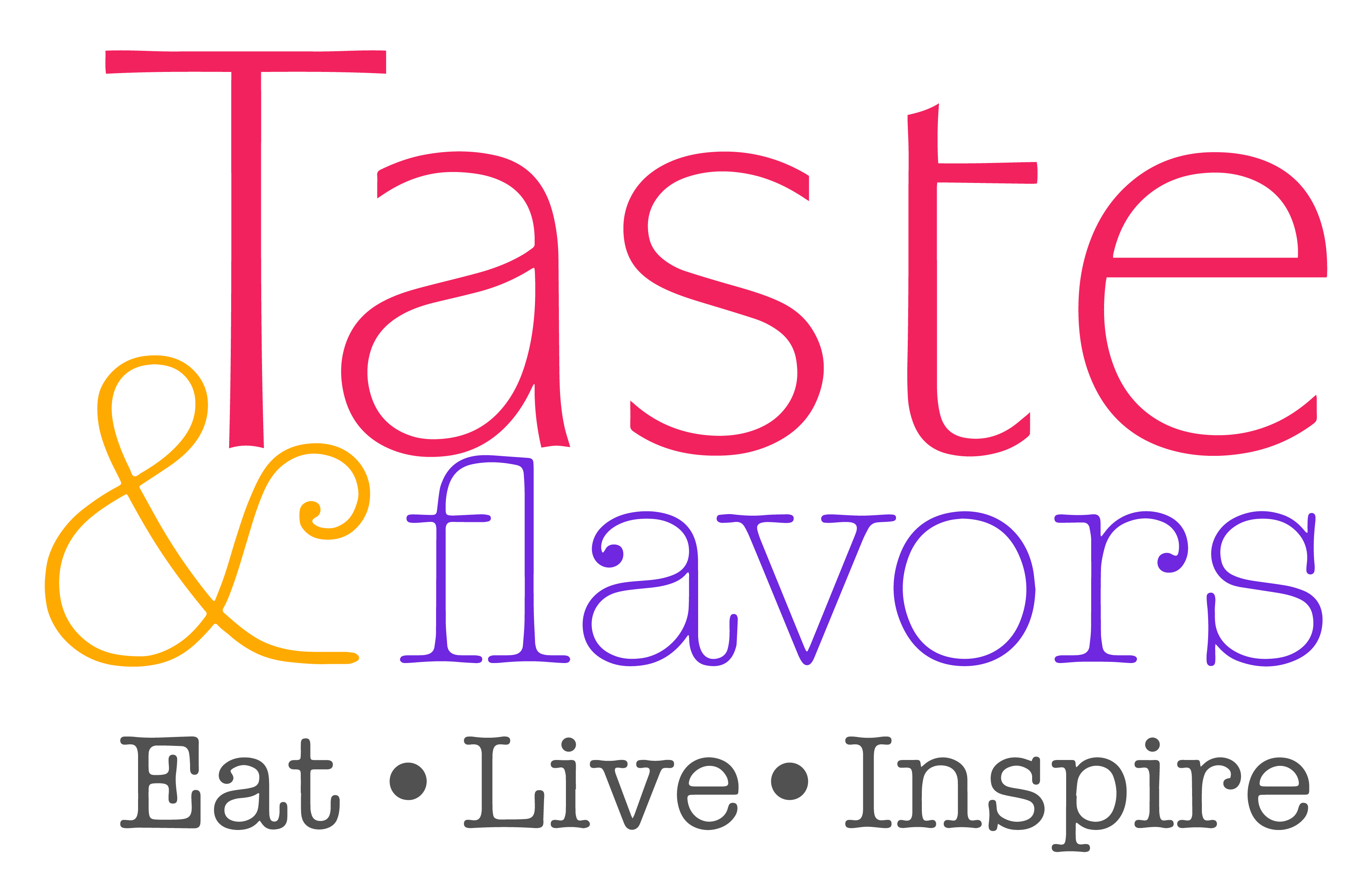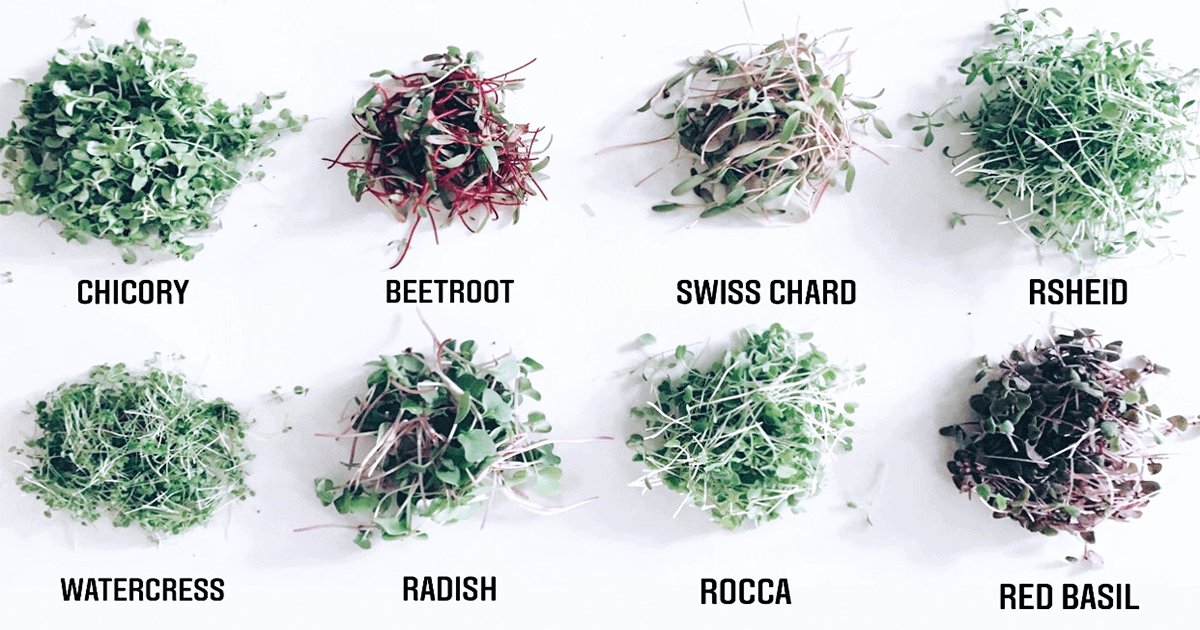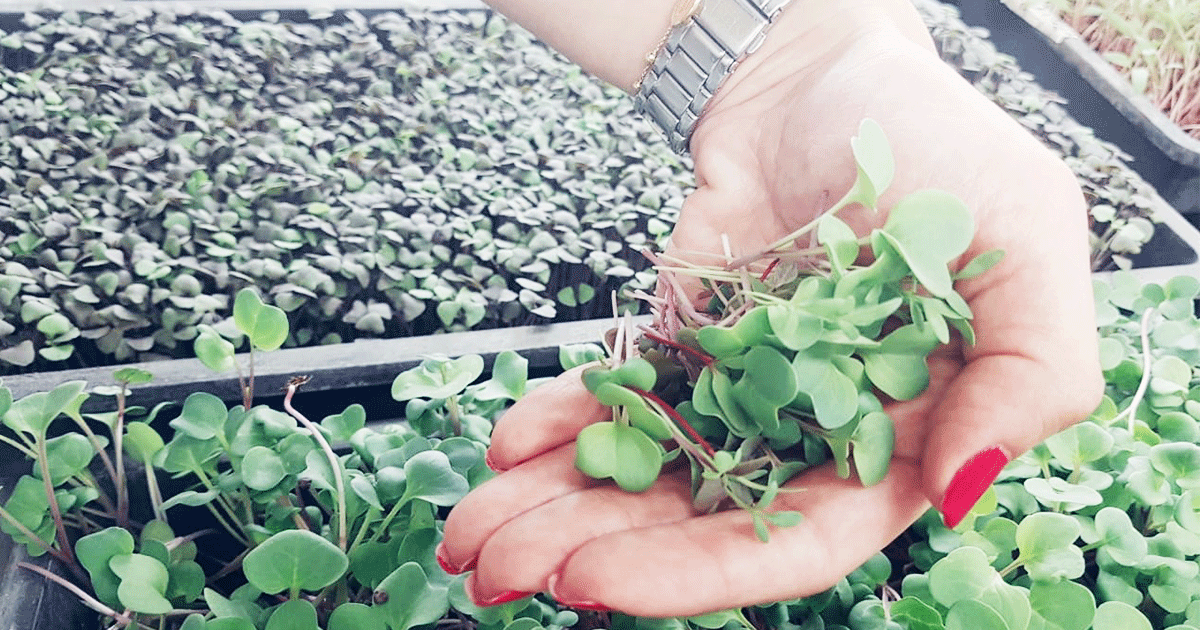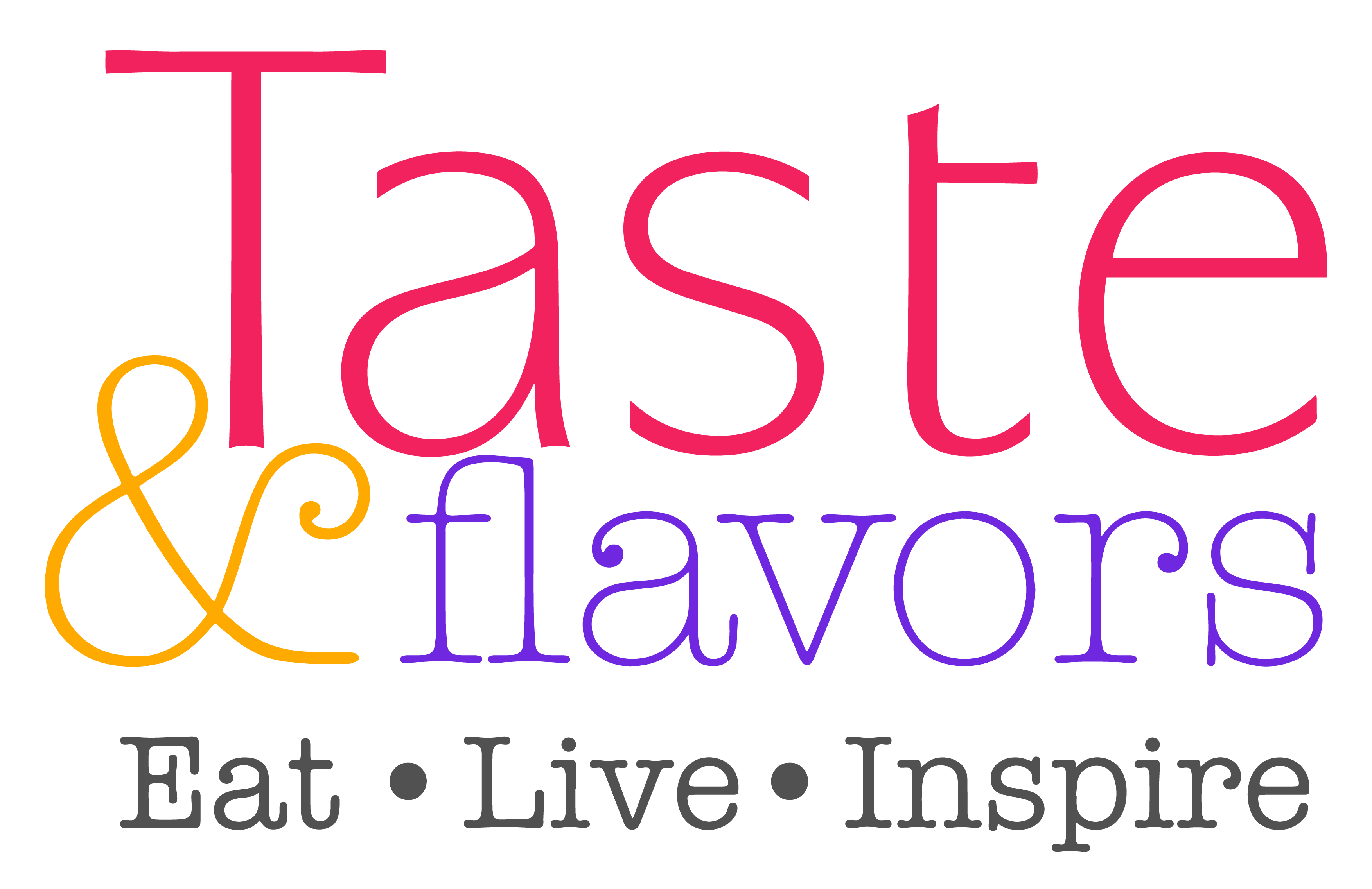MICROGREENS PLANTED IN LEBANON
Since their introduction to the Californian restaurant scene in the 1980s, microgreens have steadily gained popularity. These aromatic greens, also known as micro herbs or vegetable confetti, are rich in flavor and add a welcome splash of color to a variety of dishes.
by Nadine Khoury ROBINSO AGRI
WHAT ARE MICROGREENS?
The buzz word in every top chef’s vocabulary and across health blogs worldwide, these supergreens are the tender seedlings of salad greens and herbs. Younger than baby greens and not to be confused with them, these newborn looking greens are simply exciting.
MICROGREENS ARE NUTRITIOUS & FLAVOURFUL
First they are intense in flavour and aroma, making them super popular in salads and soups, and their colours are so vibrant that they have become the go-to garnish across all cuisines. Then we have the nutrition factor, because seedlings at this stage of their lives are loaded with beneficial nutrients and antioxidants, microgreens have dominated the health world, with bloggers and lifestyle celebrities adding microgreens to their juices, smoothies and meals.
HOW TO INCLUDE MICROGREENS IN YOUR DIET?
They may be eaten raw, juiced or blended and can be incorporated into a variety of cold and warm dishes, sandwiches and salads. Another option is to use them as garnishes on soups, pizzas, omelets and other warm dishes.
MICROGREENS ON THE LEBANESE MARKET
Back in 2018, at one of the leading fresh produce trade shows in Berlin, AgriGrow was introduced to microgreens and it was love at first seed, we just had to bring it to the Lebanese market. Two years later and after extensive development and testing, we are now ready to launch Microgreens … with a twist. We promise to bring the best of the world back to Lebanon but we also have great love and pride to our local produce, as such we have added our traditional local Chicory (Hendbe), Rocca and Rsheid leaves to the mix, making it a signature local blend.
Due to their fragile nature, the seedlings are grown at our greenhouse under controlled light and humidity levels, they are planted in coco peat and not the traditional potting soil, a natural fibre made from coconut husks. When ready, as timing is everything, they are freshly handpicked for the end consumer. Today we have grown over 10 different herbs like beet, watercress, Swiss chard, radish, basil lemon, Rocca etc. and aiming to have them on the Lebanese market by November 2020.








